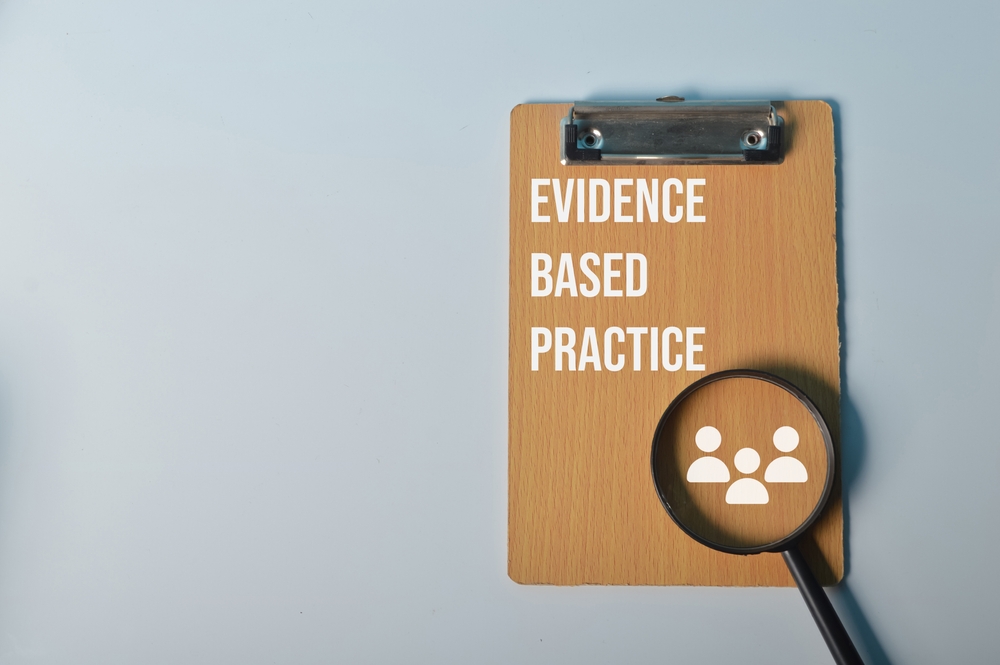EBM roundup – Royal Baby Edition
Posted on 26th July 2013 by Alice Buchan

Whether you couldn’t get enough of the rolling coverage of the royal birth, or couldn’t wait for it to be over, I have here for you a roundup of some of the recent systematic reviews and evidence related to pregnancy and childbirth (royal or otherwise).
Hyperemesis gravidarum
Where else to start but here? This was of course what prompted an unusually early announcement of the royal pregnancy. Although perhaps a little too late for Duchess Kate, a protocol for a new Cochrane review (though no review as yet) of treatments for hyperemesis gravidarum was published in June [1]. There is, however, a 2010 review of treatments for nausea and vomiting in early pregnancy [2], which found a lack of high-quality evidence to support any intervention.
Hospital vs home birth
Last year, a Cochrane review comparing planned hospital births (such as the Duchess of Cambridge’s) to planned home births was published [3]. It found no strong evidence to favour either home or hospital birth in low risk women, and suggests that more trials of this may be welcomed. Earlier this year, a cohort study from the Netherlands reported no differences in severe maternal adverse events in low risk nulliparous women [4].
Induction
Although the exact due date remains a mystery, it was widely thought that the royal baby was overdue. Hilda Bastian has a great blog about the evidence surrounding induction of overdue labour here, so I’ll only discuss it briefly here. It is thought that Kate went into labour naturally. There is some controversy over the interpretation of the studies involved, discussed extensively in Hilda’s blog – but there is a Cochrane review that suggests that induction can reduce stillbirths in overdue babies, but the number needed to treat (so how many inductions prevent one stillbirth) is 416 [5]. The authors thus recommend that women be given the information they need to make an informed decision about whether or not to be induced when they are overdue.
Continuous support
Very recently, a new Cochrane review was published suggesting that continuous support during childbirth led to better outcomes for mother and baby – including a shorter labour, a lower risk of a forceps delivery or caesarean section, and being less likely to require pain relieving medication [6]. For the baby, they had a reduced risk of having a low Apgar score at five minutes. Looking back at the royal baby – Prince William was there throughout labour – in accordance with the latest evidence.
Midwife or obstetrician-led delivery?
Duchess Kate had an obstetrician-led delivery, which is unusual for low-risk women in the UK. But what does the evidence say? A 2008 Cochrane review recommends midwife-led care for all low-risk women [7]. With midwife-led care, women were less likely to have an instrumental delivery or episiotomy, although both groups had similar rates of caesarean section. However, as noted by the Cochrane Pregnancy and Childbirth group, the delivery of a future king could be considered a complication.
@CochraneLibrary @cochranecollab @BW Guess they decided delivering future King = substantial obstetric complications requiring caution
— Cochrane Pregnancy (@CochranePCG) July 24, 2013
Active vs expectant management of the third stage
The third stage of labour, during which the placenta delivered, may be managed actively (with a uterotonic, immediate clamping of the umbilical cord, and controlled cord clamping) or expectantly. I’ve blogged before about the growing body of evidence in favour of delaying clamping of the umbilical cord here and here. To briefly summarise, the evidence suggests that uterotonics can prevent postpartum haemorrhage, but that delaying clamping the umbilical cord does not reduce the risk and increases the child’s iron stores [8].
References
[1] Boelig R, Berghella V, Kelly A, Barton S, Edwards S. Interventions for treating hyperemesis gravidarum. Cochrane Database Syst Rev. 2013;CD010607
[2] Matthews A, Dowswell T, Haas DM, Doyle M, O’Mathúna DP. Interventions for nausea and vomiting in early pregnancy. Cochrane Database Syst Rev. 2010;CD007575 Available online : http://onlinelibrary.wiley.com/doi/10.1002/14651858.CD007575.pub2/full
[3] Olsen O, Clausen JA. Planned hospital birth versus planned home birth. Cochrane Database Syst Rev. 2012;CD000352
[4] de Jonge A, Mesman JA, Manniën J, Zwart JJ, van Dillen J, van Roosmalen J. Severe adverse maternal outcomes among low risk women with planned home versus hospital births in the Netherlands: nationwide cohort study. BMJ. 2013;346:f3263
[5] Gülmezoglu AM, Crowther CA, Middleton P, Heatley E. Induction of labour for improving birth outcomes for women at or beyond term. Cochrane Database Syst Rev. 2012;CD004945
[6] Hodnett ED, Gates S, Hofmeyr GJ, Sakala C. Continuous support for women during childbirth. Cochrane Database Syst. Rev. 2013;CD003766
[7] Hatem M, Sandall J, Devane D, Soltani H, Gates S. Midwife-led versus other models of care for childbearing women. Cochrane Database Syst Rev. 2008;CD004667
[8] McDonald SJ, Middleton P, Dowswell T, Morris PS. Effect of timing of umbilical cord clamping of term infants on maternal and neonatal outcomes. Cochrane Database Syst Rev. 2013;CD004074




No Comments on EBM roundup – Royal Baby Edition